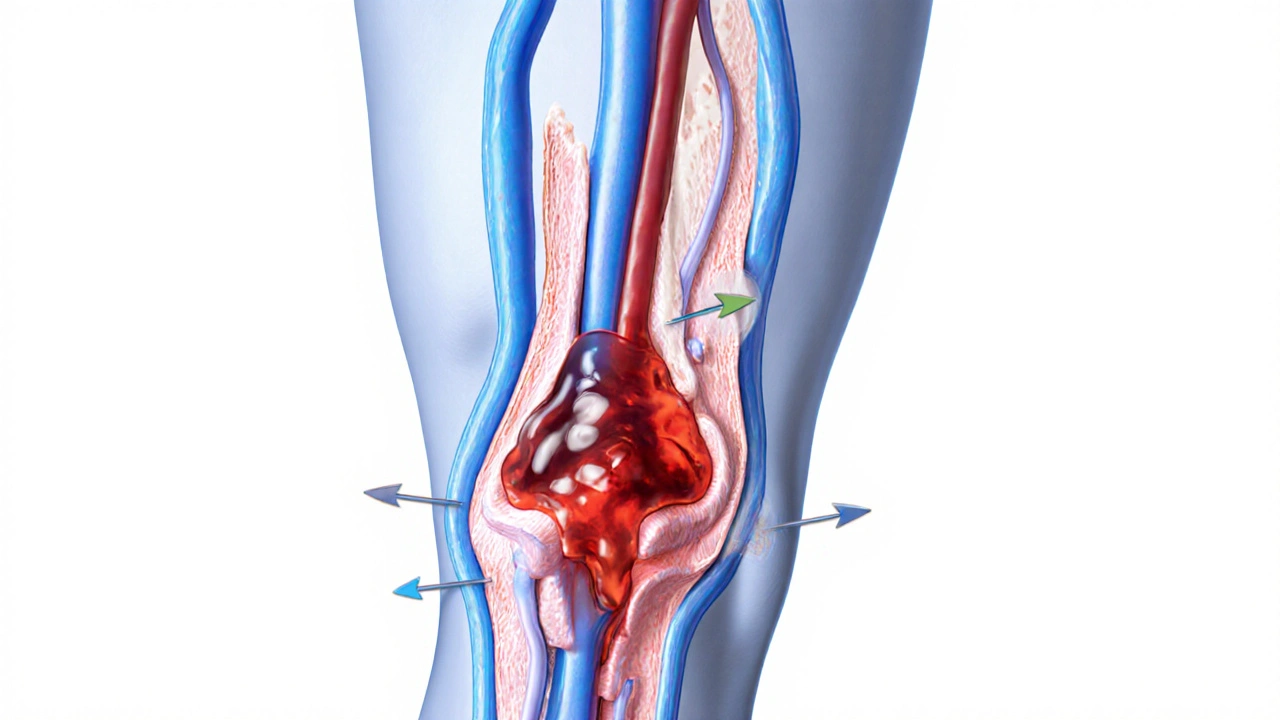DVT Prevention: How to Stop Blood Clots Before They Start
When you hear deep vein thrombosis, a blood clot that forms in a deep vein, usually in the leg. Also known as DVT, it can turn deadly if the clot breaks loose and travels to the lungs. This isn’t just a hospital problem—it’s something that can happen to anyone who sits too long, recovers from surgery, or travels for hours without moving. The good news? Most cases are preventable with simple, everyday actions.
Blood thinners, medications that reduce the risk of clot formation. Also known as anticoagulants, they’re often prescribed after surgery or for people with a history of clots—but they’re not the only tool. Movement is just as powerful. Standing up every hour, walking during long flights, or even doing ankle circles while seated can keep blood flowing and stop clots before they form. People who’ve had a clot before know this: sitting still is the enemy. And it’s not just about mobility. Hydration matters. Dehydration thickens your blood. So does smoking, obesity, and long-term bed rest. If you’re on hormonal birth control or hormone therapy, you’re at higher risk too. That’s why DVT prevention isn’t one-size-fits-all—it’s about knowing your risks and acting on them.
What you’ll find in these articles isn’t just theory. Real people share how they avoided a second clot after surgery. Others explain why turmeric supplements can be dangerous if you’re already on blood thinners. You’ll see how drugs like Candesartan or Zestoretic tie into circulation, and how conditions like rheumatoid arthritis or gout can quietly increase your clot risk. There’s no magic pill, but there are clear, proven steps—and they start long before you ever need a prescription.
- Archer Pennington
- 11
Deep Vein Thrombosis: Key Risk Factors & Proven Prevention Strategies
Learn what Deep Vein Thrombosis is, its key risk factors, and practical prevention steps-from movement and compression stockings to anticoagulant therapy-for a safer, healthier life.
Read more
